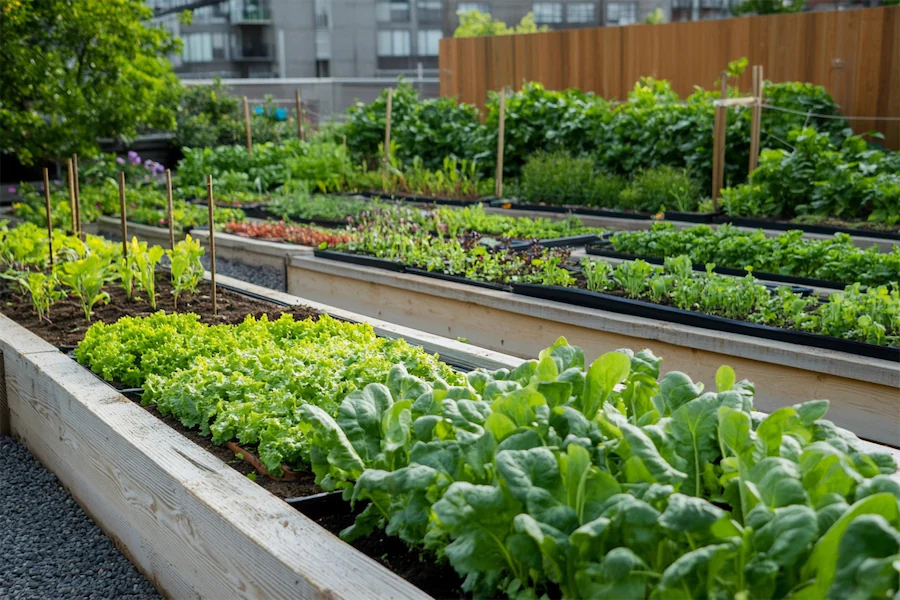Rooftop gardens are innovative green spaces established on the roofs of buildings, offering urban dwellers a unique opportunity to engage with nature, enhance environmental quality, and utilize underused spaces for various purposes.
History and Origins of Rooftop Gardens
The concept of rooftop gardens dates back to ancient civilizations, with the Hanging Gardens of Babylon often cited as an early example. In modern times, the practice gained momentum in the early 20th century, notably with the development of rooftop gardens atop Rockefeller Center in New York City during the 1930s. These gardens were designed to provide aesthetic appeal and recreational space in an urban setting.
Key Features of Rooftop Gardens
Rooftop gardens can vary widely in design and function, but they often share common features:
- Structural Considerations: Ensuring the building can support the additional weight of soil, plants, and potential water accumulation is crucial. Consulting with structural engineers and adhering to local building codes is essential.
- Waterproofing and Drainage: Proper waterproofing membranes protect the building from water damage, while efficient drainage systems prevent water accumulation that could harm plants or the structure.
- Plant Selection: Choosing plants suited to the rooftop environment, considering factors like wind exposure, sunlight, and maintenance requirements, is vital for a thriving garden. Drought-resistant and low-maintenance plants are often preferred.
Applications of Rooftop Gardens
Rooftop gardens serve multiple purposes, including:
- Urban Agriculture: They provide space for growing fruits, vegetables, and herbs, contributing to local food production and food security. For instance, Brooklyn Grange in New York City operates extensive rooftop farms, producing significant quantities of organic produce annually.
- Environmental Benefits: Rooftop gardens help mitigate urban heat islands, improve air quality, and manage stormwater runoff by absorbing rainfall, thus reducing the burden on drainage systems.
- Recreational Spaces: They offer residents and workers accessible outdoor areas for relaxation, socializing, and connecting with nature, enhancing mental well-being and quality of life.
Considerations When Starting a Rooftop Garden
When planning a rooftop garden, consider the following factors:
- Structural Integrity: Assess the load-bearing capacity of the roof to ensure it can handle the weight of the garden components, including soil, plants, and furniture.
- Legal and Regulatory Compliance: Check local building codes, zoning laws, and homeowners’ association rules to ensure rooftop gardens are permitted and meet all necessary regulations.
- Maintenance: Determine the level of upkeep required and whether you have the resources to maintain the garden, including watering, pruning, and pest management.
- Accessibility: Ensure safe and convenient access to the rooftop for installation and ongoing maintenance, considering factors like stairways, ladders, and safety railings.
Conclusion
Rooftop gardens transform underutilized urban spaces into vibrant, multifunctional areas that offer environmental, social, and economic benefits. By carefully considering structural, legal, and maintenance aspects, individuals and communities can create rooftop gardens that enhance urban living and contribute positively to the environment.
